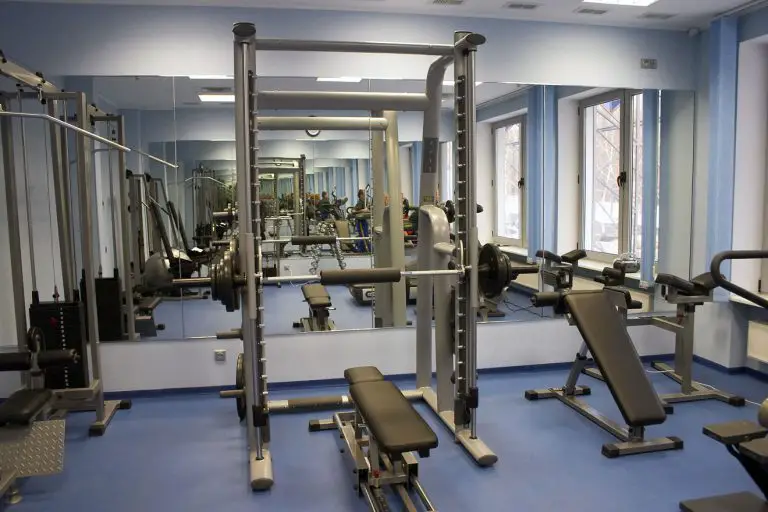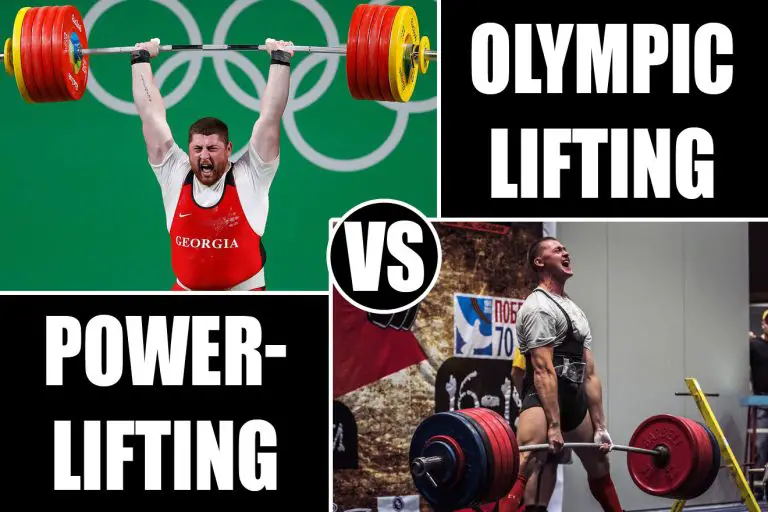The cold plunge: should you do ice baths?
Key takeaways
- The reasoning behind ice baths is that it reduces inflammation which helps your body recover better.
- Ice baths are not suitable for everyone, especially for those with heart conditions.
Ice baths and recovery
In the world of fitness, recovery is just as important as training, and one trend that’s gaining traction is cold plunge recovery, often referred to as ice baths. Athletes and fitness enthusiasts alike swear by the benefits of immersing the body in cold water after intense workouts. But are ice baths truly the key to faster recovery, reduced muscle soreness, and improved performance? Let’s dive into the science and practicalities of cold plunge recovery to help you decide whether it’s worth incorporating into your routine.
The science behind cold plunge recovery
Cold water immersion (CWI), or ice bathing, involves submerging the body in water temperatures typically between 50°F (10°C) and 59°F (15°C). The idea is that the cold constricts blood vessels, which helps reduce inflammation and flush out metabolic waste products like lactic acid. When you exit the ice bath, the body rapidly rewarms, which causes the blood vessels to dilate, promoting blood flow and delivering oxygen and nutrients to the muscles.
Studies on cold plunge recovery provide mixed results. Some research suggests that ice baths can reduce delayed onset muscle soreness (DOMS), which is the stiffness and pain you often feel 24 to 48 hours after exercise. A 2016 review found that CWI may provide a modest reduction in muscle soreness after exercise, particularly when used after high-intensity workouts or endurance events. However, other studies indicate that the benefits may be minimal or temporary, particularly for long-term muscle adaptation.
Potential benefits of ice baths
1. Reduced inflammation and swelling
One of the primary reasons athletes use ice baths is to combat inflammation. Cold water reduces blood flow to the muscles and helps minimize the swelling associated with intense exercise. This can be especially beneficial for athletes engaging in high-impact sports or those prone to joint pain.
2. Alleviation of muscle soreness
Many athletes find that ice baths can help alleviate DOMS. While the effect may not be drastic, the cold can provide immediate pain relief by numbing sore muscles and joints, allowing for a quicker return to training.
3. Mental resilience and focus
Taking a cold plunge isn’t just a physical experience—it’s also mental. The shock of cold water requires deep breathing and concentration, which can help build mental toughness and focus. Some proponents claim that regularly enduring the discomfort of cold water immersion can translate to improved resilience during workouts.
Potential downsides of ice baths
1. Interference with muscle growth
One of the most debated drawbacks of cold plunge recovery is the potential to blunt muscle growth. Some studies suggest that reducing inflammation too much may hinder the muscle repair process necessary for hypertrophy (muscle building). This is particularly relevant for those focused on strength and muscle gain rather than purely recovery.
2. Not suitable for everyone
Cold water immersion may not be ideal for everyone, especially those with cardiovascular conditions, as the sudden cold can elevate blood pressure and strain the heart. Additionally, prolonged exposure to cold can lead to hypothermia if not managed carefully.
3. Temporary relief, not a cure-all
While ice baths can provide temporary relief from soreness and inflammation, they are not a magic bullet. Factors like proper nutrition, sleep, and active recovery are also critical to overall recovery and performance.
When and how to use ice baths effectively
If you’re interested in trying ice baths, timing and technique are important. They may be most beneficial after particularly grueling workouts, competitions, or endurance events. Aim for immersion times between 5 to 15 minutes, depending on your tolerance, and avoid overusing them if your goal is long-term muscle growth.
Alternatives to cold plunge recovery
For those hesitant to dive into the icy waters, there are alternative recovery methods that can be just as effective. Active recovery is engaging in light activities like walking, cycling, or yoga to help increase blood flow without the shock of cold water. Another popular recovery method is foam rolling. If you’re wondering if foam rolling is worth it, it would be good use as a supplement in your recovery routine to release tension and improve circulation in sore muscles. Contrast showers, where you alternate between hot and cold water in the shower, can provide similar benefits without the need for an ice bath. Lastly, compression therapy, where you use compression garments or devices can help reduce swelling and speed up recovery.
Joining the craze
The cold plunge craze has its merits, particularly for reducing inflammation and providing temporary relief from muscle soreness. However, the benefits may not be as profound or universal as some proponents claim. For those focused on muscle gain, frequent use of ice baths could potentially interfere with long-term progress. If your goals are centered around recovery and reducing soreness after intense training, cold plunge recovery could be a valuable tool in your regimen.
Ultimately, the decision to incorporate ice baths into your recovery routine depends on your specific goals, training intensity, and personal preferences. Whether you choose the cold plunge or opt for other recovery methods, consistency in your recovery practices will be key to optimizing performance and achieving your fitness objectives.
Written with the assistance of AI. Reviewed and edited by Marielle Livelo.







